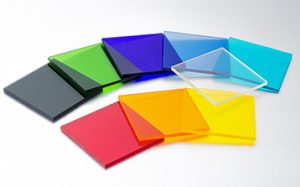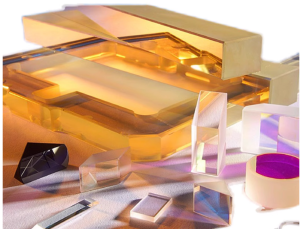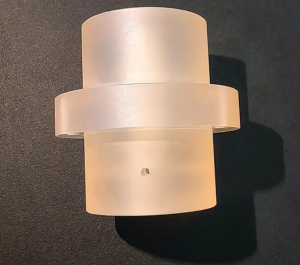Generally speaking, narrow bandwidths can only pass through light with a peak wavelength of a few nanometers, which is much less than ordinary filters;
Narrowband filters are designed for a specific emission spectrum line of celestial bodies (mostly H α S ii and O iii, as well as methane, nitrogen, and other substances in the near red ultraviolet region, and most of the filters are RGB, which are designed for the human eye’s tricolor vision and often require additional red ultraviolet cutoff filters;
Narrow band filters are generally only used for shooting emission nebula (and Jupiter Saturn), while filters are widely used;
Narrow band filters mostly use special techniques to strictly control the amount of light passing through them. These filters are generally complementary colors to the light that can pass through them from the outside (such as H α It’s dark red, so H α The filter looks turquoise from the outside, but I’m not very sure about that.
Another point is that narrowband filters are generally more expensive, while filters are relatively cheap.




